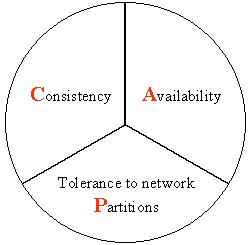Personalized pricing is a business strategy to charge different prices to individual consumers based on their characteristics and behaviors. It has become common practice in many industries nowadays due to the availability of a growing amount of high granular consumer data. The discriminatory nature of personalized pricing has triggered heated debates among policymakers and academics on how to design regulation policies to balance market efficiency and equity. In this paper, we propose two sound policy instruments, i.e., capping the range of the personalized prices or their ratios. We investigate the optimal pricing strategy of a profit-maximizing monopoly under both regulatory constraints and the impact of imposing them on consumer surplus, producer surplus, and social welfare. We theoretically prove that both proposed constraints can help balance consumer surplus and producer surplus at the expense of total surplus for common demand distributions, such as uniform, logistic, and exponential distributions. Experiments on both simulation and real-world datasets demonstrate the correctness of these theoretical results. Our findings and insights shed light on regulatory policy design for the increasingly monopolized business in the digital era.
翻译:个人化定价是一种商业战略,根据个人化的特征和行为向个人消费者收取不同价格,如今,它已成为许多行业的常见做法,因为有越来越多的高颗粒消费数据。个性化定价的歧视性促使决策者和学术界就如何设计管理政策以平衡市场效率和公平展开激烈辩论。在本文中,我们提出了两个健全的政策工具,即限制个性化价格或其比率的范围。我们研究了在监管限制和将垄断强加给消费者盈余、生产者盈余和社会福利的影响下将利润最大化的最佳定价战略。我们理论上证明,这两种拟议的限制都有助于平衡消费者盈余和生产者盈余,而牺牲统一、物流和指数分布等共同需求分配的总盈余。关于模拟和真实世界数据集的实验显示了这些理论结果的正确性。我们的调查结果和见解揭示了数字时代日益垄断企业的监管政策设计。



